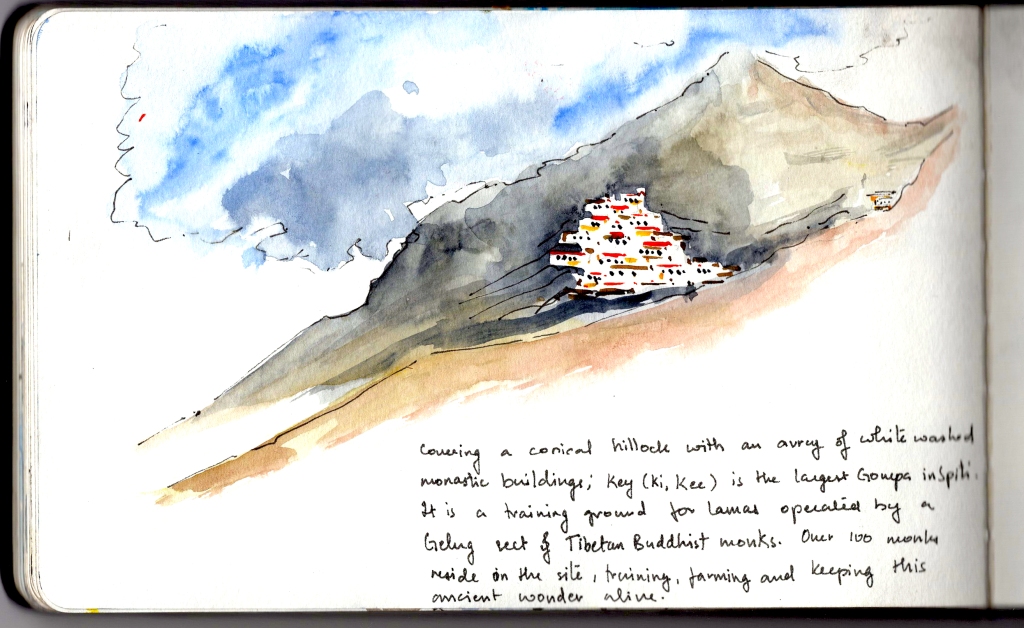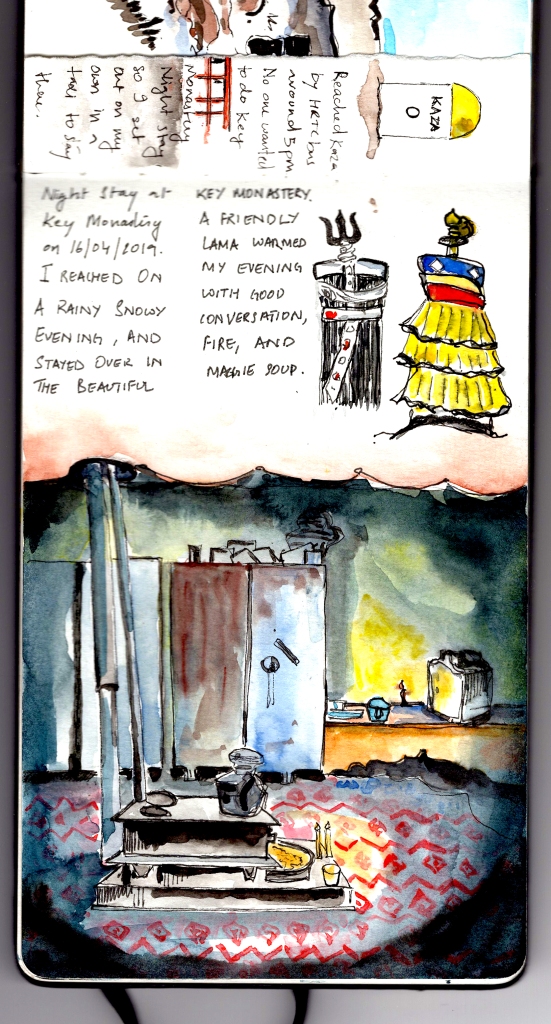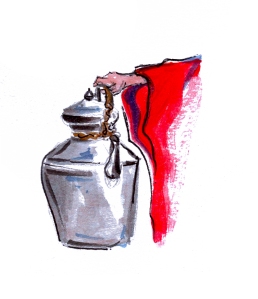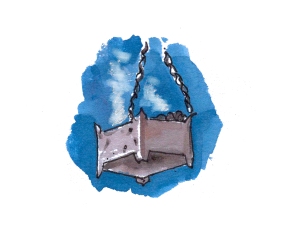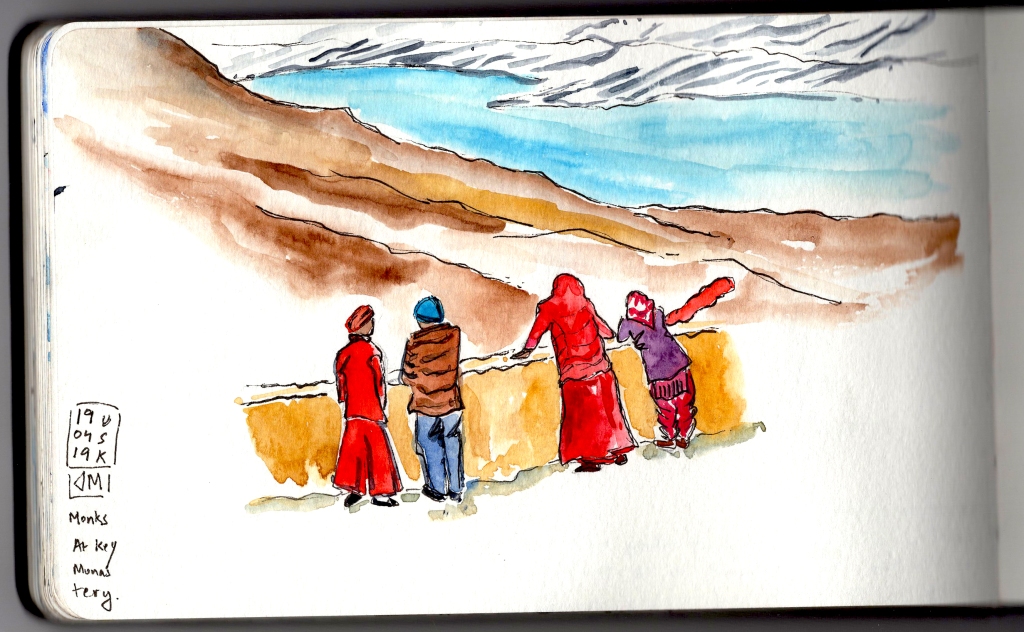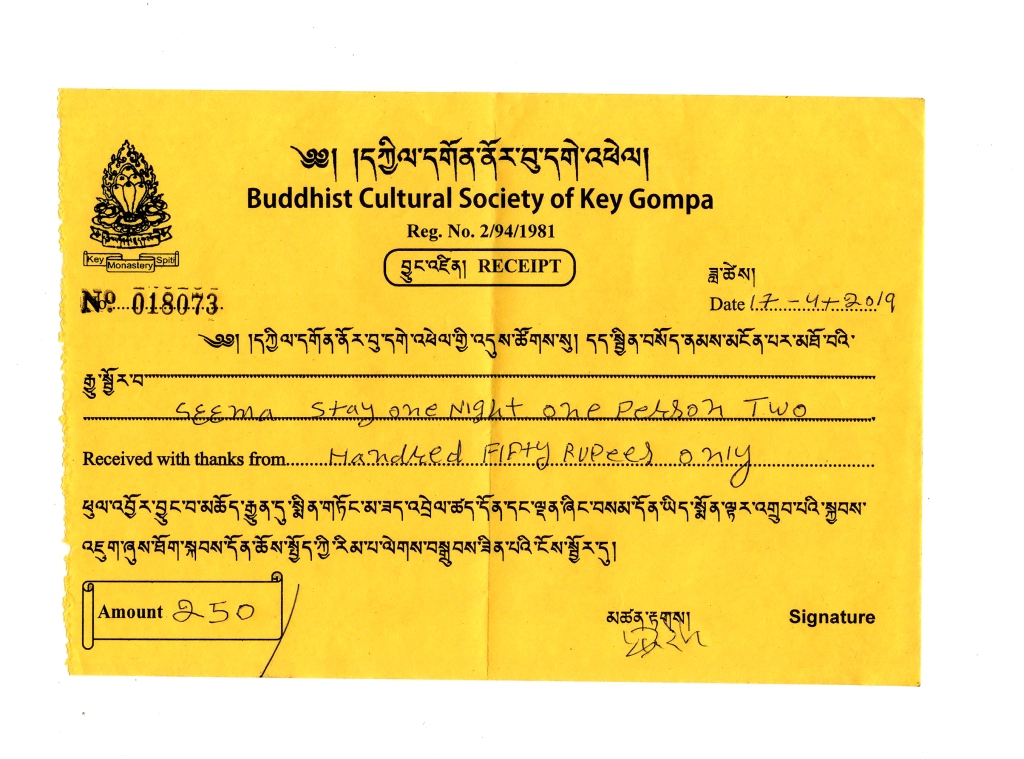A few years ago in Bhutan, I saw a poster of a mystical monastery, a perfect block of stones and flags right in the middle of nowhere, a Shangri La of sorts. And I said to myself, it would be some adventure to go here someday …
This summer, when I took on a much overdue solo trip to Spiti, all along the journey from Reckong Peo to Kaza, I couldn’t get myself to believe I was actually going to spend a night at Key.
Key monastery is a half-an-hour drive (14 km) from Kaza at an altitude of 4116 m. The road weaves along the Spiti River flanked by blue, white, and umber mountains. My bus reached Kaza in the evening and by the time I managed to get a shared taxi to Key, it was 5 pm. As we drove towards the monastery, I could see dark clouds rolling in. My first glimpse of the monastery was of a cluster of white mud buildings on a hill surrounded by peaks and shrouded in clouds.
When it snows it pours
A flight of stairs leads to the entrance hall from the parking area. I climbed up, huddled into my jacket to escape the biting cold wind. Two lamas in the courtyard seemed reluctant to allow guests. Since the tourist season had yet to start, they were not preparing dinner at the monastery. After some convincing, they allowed me to stay in the dorm.
The visitor’s dormitory was empty and dark (there was no electricity). The two lamas I met were walking down to Key Village for dinner and would return only by ten. No one else was around. Alone, cold, and freezing, I used the last bit of sunlight to click photographs and sketch. After what looked like initially intimidating but ultimately a light snowfall, everything was covered in a soft layer of white.
Lamas can cook Maggi
Later on in the evening, a lama (Tanzin Rigzin I came to know later) invited me for a dinner of Maggi and mushrooms. Once he settled for the night, it was just me, some light rain, and the shining mountains. The hushed solitary night was the kind that of experience I had in mind when I set out on my journey.
Morning prayer and butter tea
Soft chanting and the fragrance of incense greeted me when I woke up at five and ventured out of my cold room. The young lamas trickled in for their morning prayers to be held in a small meditation room that they used during winter. In between the chanting, they would pause to sip some steaming butter tea from porcelain bowls. One lama would come in every ten minutes to serve the tea. When the prayers ended, a bucket of Jowar Sattu was passed around and had with butter tea. This marked the end of the hour-long prayers.
Things to experience at Key Monastery
- An atmospheric prayer was held at 8 am.
- Sipping hot butter tea, in an ancient kitchen with wood fire. This warm and cosy space is great for conversations and relaxation. You might even get a lesson in preparing butter tea.
- At the entrance, is a passage lined by beautifully carved Mani wheels which must be rotated clockwise.
- Zimshung Lhakhang, a library on the top floor, where the Dalai Lama slept during his visits in 1960 and 2000. This room also houses ancient thangka (paintings on Tibetan banners), valuable manuscripts, palm leaf scrolls with writings in Pali, and the sacred Tengyur texts.
- Prayer rooms and the main meditation hall on the ground floor.
- Masks and musical instruments were used during the Cham festival.
History and architecture of Key monastery
Key Monastery or gompa also spelt as Ki or Kee or Kye, is Spiti’s largest monastery. This 11th-century monastery is a training centre for the Gelug sect of Tibetan Buddhist monks. It can house up to 350 people.
Weathered and weary, this haphazardly put-together collection of rooms, hidden passages, courtyards, and basement chambers has witnessed much turmoil. Mongol attacks during the 17th century, raids during the war between Ladakh and Kullu during the 1820s, a devastating fire in the 1840s, and a violent earthquake in 1975.
It is believed that repeated attacks led to the fort-like formation of the monastery. It is built in the Pasada style of architecture, characterized by multi-storied structures. Originally, the monastery was thought to have been at the base of the hill. Faced with invasions, the lamas were forced to move it higher up. New rooms and buildings keep getting added to the monastery.
Practical tips for visiting Key Monastery
- If travelling from November to April (considered offseason in Spiti), expect to find fewer tourists. The kitchen might be closed. So carry some food and water with you.
- You’ll get plenty of quilts and pillows. Just carry some thermal wear and woollens to tide you through the cold nights.
- At Key Monastery, you won’t find any Western or Indian toilets. There is a dry toilet. Be prepared to squat.
- Carry a torch. There are solar lights in the dormitory. However, to venture out you will need a good torch.
- The cost of staying for the night is 250/- rupees. Carry cash as you won’t have any connectivity here.
- Behind the monastery, there is a mud trail that goes up the mountain. Walk along this path in the evening for some great sunset shots.
For more photographs of Key Monastery, visit my Instagram profile.
Key monastery trivia
The famous Imtiaz Ali movie, Highway, was shot on some stunning Indian highways, and other spots in the Spiti Valley. One long shot was done at the Key monastery. Alia Bhatt's dialogue “kaisi kaisi jagah hai is desh mein” is quite apt for the location. She looks at the snow-capped mountains in front and muses, “Aisa lag raha hai ki woh mujhe bula raha hai, kaash hum waha jaa paate.”

